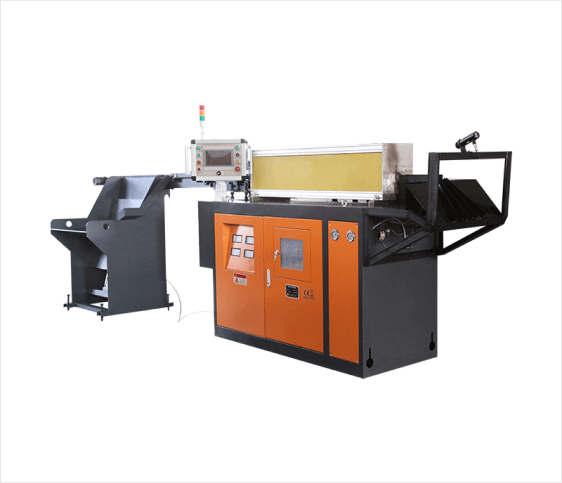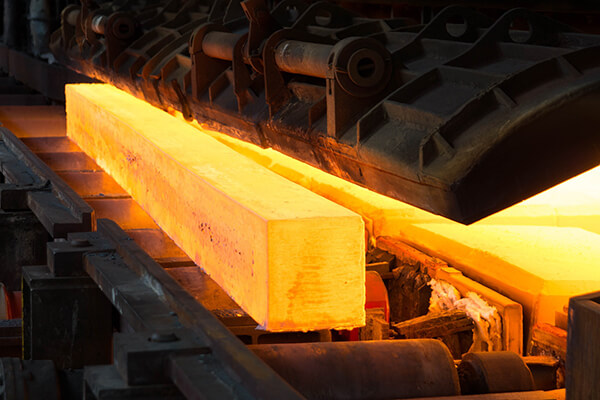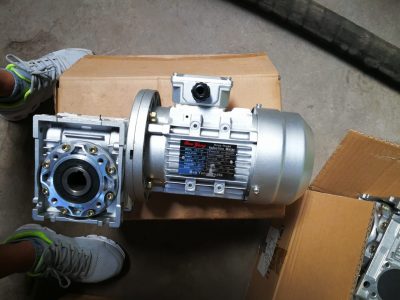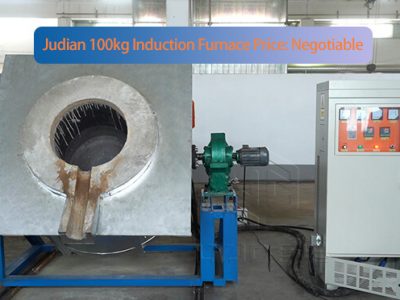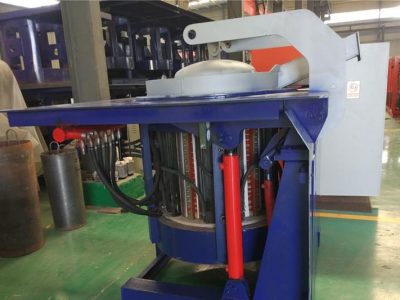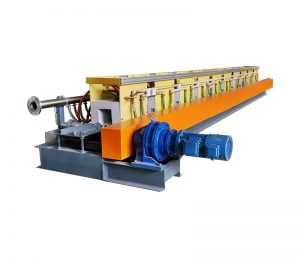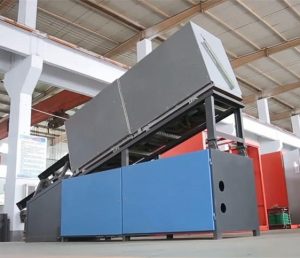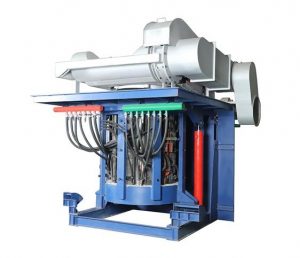In recent years, the steel industry has undergone rapid transformation, driven by the rise of high-end equipment manufacturing and the adoption of innovative production technologies. New processes and equipment have improved the structure, performance, and quality of large steel castings. Yet, traditional heating methods still face limitations—particularly in continuous steelmaking—where efficiency, safety, and quality control remain critical challenges.
This is where the induction heating furnace stands out as a game-changing solution for modern steel production.
Why Choose an Induction Heating Furnace?
1. Fast Heating for Higher Productivity
The induction heating process delivers rapid, uniform heat directly into the steel billet, significantly reducing cycle times. Compared with coal-fired furnaces, this method can save 20–50 kg of steel per ton of forgings, achieving a material utilization rate of up to 95%. The reduced temperature difference between the billet core and surface also extends the lifespan of forging dies and improves the surface finish of forged components—enhancing overall product quality.
2. Energy-Efficient and Environmentally Friendly
Unlike coal or oil furnaces, induction heating produces no smoke, dust, or harmful emissions. It meets stringent environmental regulations while providing a cooler and cleaner workspace for operators. Heating one ton of forgings from room temperature to 1100°C consumes less than 360 kWh, making it one of the most energy-efficient industrial heating solutions available.
3. Precision Temperature Control
Induction heating generates heat within the workpiece itself, ensuring minimal temperature variation between the surface and the core. Integrated temperature control systems allow for accurate, real-time temperature adjustments, increasing product consistency, reducing waste, and improving pass rates in mass production.
4. Compact, Reliable, and Future-Ready
Induction heating furnaces are compact, lightweight, and highly efficient, rapidly replacing coal-fired, gas, oil, and resistance furnaces worldwide. This next-generation technology delivers exceptional thermal processing quality while supporting the steel industry’s shift toward greener, smarter manufacturing.
Safety and Innovation in Continuous Steel Heating
Continuous induction heating operations involve multiple pieces of equipment and simultaneous processes. Without proper safeguards, risks such as furnace leakage, molten metal contact with coolant, or explosions can occur. As a result, steel producers are increasingly investing in advanced safety systems and intelligent monitoring technologies to prevent accidents and protect both equipment and personnel.
Luoyang Judian: Committed to Technological Leadership
At Luoyang Judian, we focus on delivering cost-efficient, high-performance induction heating solutions that meet the evolving needs of the steel industry. Our R&D efforts are aimed at improving:
- Energy savings through optimized heating designs
- Product quality via advanced temperature control systems
- Operational safety with cutting-edge monitoring and protection features
- Production efficiency through lean manufacturing practices
We actively promote the adoption of high value-added steel technology products and support industry upgrades through continuous innovation. Our goal is to help steel manufacturers achieve a sustainable competitive advantage—transforming production from “large scale” to “high strength.”
The Future of Steel Heating Technology
As global markets demand cleaner, smarter, and more efficient production, the steel industry will continue to rely on induction heating technology to achieve:
- Optimized plant layouts
- Stable resource supply
- Advanced automation and intelligence
- Low-carbon, sustainable manufacturing
By embracing innovation in induction furnace technology, steelmakers can ensure consistent quality, reduce costs, and meet the growing expectations of international customers.
